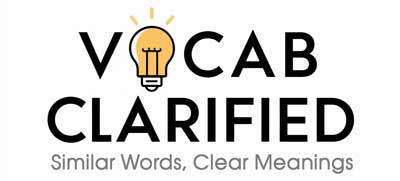In written communication, the terms layout and lay out are often confused due to their similar appearance. However, they serve different grammatical functions and meanings. Understanding when to use layout versus lay out can help clarify your writing, whether you’re designing a website, drafting a plan, or organizing something in a physical space.
Let’s break down the differences and explore when to use each term.
Understanding Layout And Lay Out
Layout: Definition and Usage
Layout is a noun that refers to the arrangement or plan of something, whether it’s visual elements, text, or physical objects.
You use layout when you’re describing how things are organized or structured.
For example:
- “The layout of the magazine is clean and easy to read.”
- “We are finalizing the layout of the new office space.”
In these examples, layout refers to the design or structure of something.
Lay Out: Definition and Usage
On the other hand, lay out is a phrasal verb meaning to arrange or organize something in a particular order or pattern.
You use lay out when you are actively placing or setting things up.
For example:
- “Please lay out the plans for the meeting on the table.”
- “The architect will lay out the blueprints tomorrow.”
In these examples, lay out describes the action of arranging or organizing items.
Side-by-Side Comparison
| Aspect | Layout | Lay Out |
| Definition | Noun: Refers to the arrangement or plan of something | Verb: Refers to the act of arranging or organizing something |
| Common Usage | “The website layout is user-friendly.” | “He will lay out the tools for the project.” |
| Key Differences | Refers to a design or structure | Refers to the action of organizing items |
When to Use Layout or Lay Out
- Use layout when you’re referring to the design, structure, or organization of something as a whole. Whether it’s a webpage, a room, or a plan, layout is the noun that represents the final arrangement.
- Use lay out when you’re describing the action of arranging or organizing something. This phrase emphasizes the process of placing items or designing an arrangement.
Everyday Usage Examples
Here are some everyday examples of how layout and lay out fit into different contexts:
- “The layout of the presentation was impressive and well-organized.” (layout)
- “Can you lay out the new project timeline for us to review?” (lay out)
- “We need to finalize the layout of the garden before planting.” (layout)
- “He will lay out the seating arrangements for the event.” (lay out)
- “I love the layout of your living room!” (layout)
- “Please lay out the paperwork in alphabetical order.” (lay out)
Conclusion
In summary, layout is a noun used to describe the structure or organization of something, while lay out is a phrasal verb referring to the action of arranging or organizing items.
Understanding this difference will help you use these terms correctly in your writing, whether you’re working on a design project or simply organizing your daily tasks.

